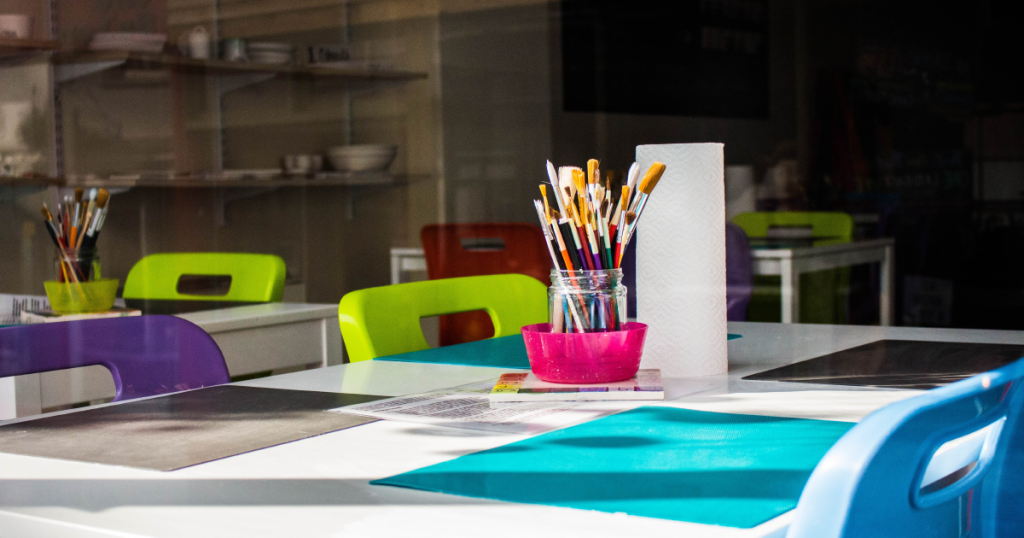Last month, students across Minnesota went back to school. Or rather, back to the experience formerly known as school.
At time of writing, less than a quarter of schools are operating fully in-person, with most offering distance learning or a hybrid approach. And, with Covid-19 cases in the state climbing again, some form of distance learning will likely be with us for some time.
This era has brought into even sharper focus persistent educational challenges and inequities. When surveyed on their experiences in distance learning, students report they value positive relationships and “learning about things they care about” to keep them engaged, now more than ever. At the same time, many students struggle with consistent access to the devices and internet they need to have these experiences. Inconsistent attendance in turn leads to lost learning, exacerbated inequities, and further disengagement. It’s a vicious cycle.
Addressing disengagement and learning loss head on
Student-centered learning, and in particular competency-based education (CBE), provide a route to address issues of disengagement and learning loss head on.
As we’ve previously profiled, CBE models engage students by offering them flexibility to master standards through courses, projects, internships, independent study, and other personalized pathways that are relevant to their interests and unique context—and accessible at times and places that work for them.
Additionally, the focus of learning within CBE is on distinct, specific knowledge and skills rather than full, time-based courses and grades. This means it’s easier to identify and address gaps in learning without requiring students to repeat full courses or even grade levels, as has been too often documented under Covid-19.
But educators innovating with CBE approaches today—whether they explicitly use that phrase to describe their work or not—bump up against an unfortunately reality. Deep assumptions about learning are baked into our education system and hamper their ability to innovate.
One of those assumptions seems particularly absurd today when most schools are quite literally empty: that learning flows lockstep with time in seats.
Seat time: a stubborn and outdated assumption
Seat time has a long history in American education. Carnegie units—typically defined as 120 hours of class time over the course of a year, wherein a single subject was covered—were a hallmark of public education since its inception in the 19th century.
The Minnesota legislature formally abandoned Carnegie units in the 1990s. While there is still a requirement to provide a total of 165 days and 1020 hours of instruction each year (in high school; fewer for younger students), nothing in state law explicitly links learning time with progression through standards, credits, or even grades.
While the Carnegie unit is no longer state policy, the school designs predominant today did come to be in the context of that policy. Furthermore, the mental models of those in the system—including educators, families, and even students—are also deeply steeped in, and thus perpetuate, those designs. In short, orienting learning around seat time is the way we do things because it’s the way we’ve done things.
In an effort to directly challenge these assumptions in policy and mental models, we worked last year on a bill that would explicitly authorize CBE in Minnesota. While the bill didn’t pass—yet—we’re continuing our advocacy. And this fall we’ll be publishing a memo with guidance on how CBE can be done under current law.
Would adjusting funding formulas be a lever for change?
One topic of particular relevance in this year of distance learning is how education funding flows.
Currently, school funding in Minnesota is mostly based on the average number of students enrolled throughout the year. The key here is enrolled—not to be confused with engagement or learning. As long as a student “attends” at least once every 15 days, a school continues to collect revenue.
What if schools had the option to, instead, generate revenue based on validated student learning? Many schools in our state have had amazing success helping students catch up and make multiple years of growth in one academic year. What if those schools were rewarded with more resources to do their good work—without costing the public any additional net funding?
Clearly such a shift, and potential unintended consequences, need to be carefully thought through. And, a top priority must be ensuring schools get the resources they need to serve under-resourced students and students with special needs. But, these are questions at least worth asking.
Might this be the year?
Fortunately, curious conversations are happening this fall among federal and state policymakers, as well as bold innovating educators. They are challenging the assumptions and raising the questions we’ve explored in this post.
This may just be the year that we at last reorient from passing time to learning outcomes as the de facto focus of American education. Because 2020 requires it. And good sense demands it.
Found this useful? Sign up to receive Education Evolving blog posts by email.
